Feeding can provide but also cost energy
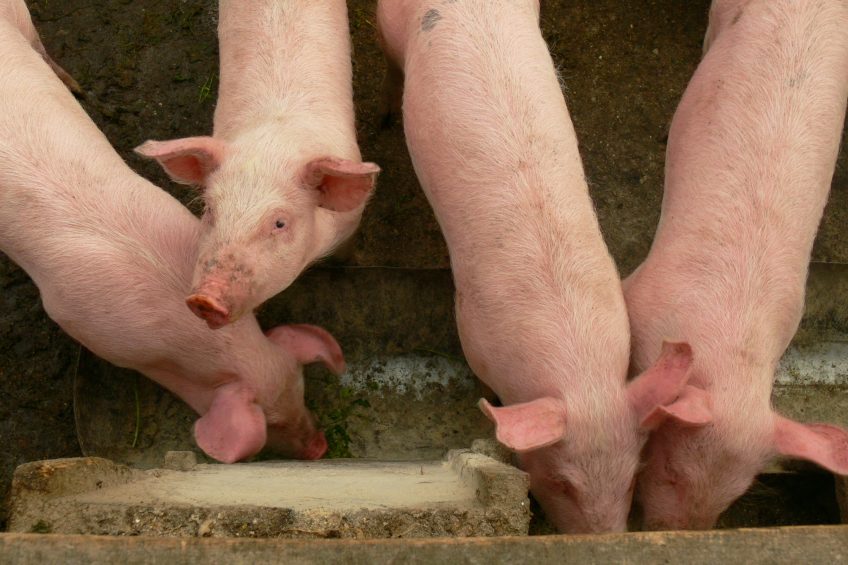
In the last episode of this series, a fourth strategy is explored to counteract heat stress. Where earlier episodes focused on management, health and climate aspects, this final episode takes a look at feeding. Feed intake can cost energy, but also provide energy.
Heat stress, is a common situation for swine in tropical areas, during a hot summer season like in Southern Europe and even in over heated and badly ventilated buildings of some farms in northern countries. Pigs are homoeothermic, warm-blooded animals, which means that its internal body temperature must stay in a narrow range, around 39ºC. So in closed housing, trying to keep pigs cool involves different strategies. Most of the time they will drink more and reduce their feed intake.
Feed intake reduction
The effect of temperature on feed intake (FI) and average daily growth (ADG), becomes more pronounced for growing piglets at the end of the post-weaning period. It can already appear sooner as creep feed consumption of suckling piglets can be reduced by 50% during the last week of a 28 day-lactation.
This reduction in feed intake is not linear, but it can deteriorate as body weight and the ambient temperature rise. For a piglet with a body weight of 25kg, this is about 30% lower between 23ºC and 33ºC. When looking at a 100kg pig, this is 35% lower, between 19ºC and 29ºC.
A study from 2001 compared the feeding behaviour of piglets of 20kg at a thermoneutral temperature (23°C) versus a high temperature (33ºC). The study showed that the body weight gain and the voluntary feed intake reduced by 37% and 30% respectively at 33ºC. That reduction of feed intake has primarily been correlated to a reduction of meal size (from 116 to 78g/meal). In addition, the time dedicated to eating was reduced from 79 to 53 minutes/day.
Heat production – energy losses
Consuming feed as well as the digestive process produces additional natural heat. That extra heat production originates from the activity of eating: digestion of feedstuffs, absorption, fermentation and utilisation of the nutrients, together known as the thermic effect of feed. It is an energetic loss, which according to the diagram of energy, can be deduced from the metabolisable energy (ME) to lead to the final step of the energy utilisation: the net energy (NE).
Net energy is the final step for the energy utilisation to protein deposition (muscles), fat deposition (energetic reserves) and milk. Under high thermic conditions, piglets limit their feed intake in order to reduce their natural heat production. In the study above, the daily total heat production, the fast heat production and the thermic effect of feed, expressed per kg metabolic weight, significantly decreased at 33ºC by up to 35%.
Limit losses and increasing feed density
The decrease in heat production of the piglets in the 2001 study was caused by a reduction in the thermic effect of feed and fast heat production, which are both related to the reduction in the voluntary feed intake, later degrading average daily growth (ADG) and feed efficiency (FE).
Therefore, the management feeding goal during this growing phase will be to maximise nutrients intake and to minimise losses and deficiencies by increasing the feed concentration.
Figure 1 – Effect of body weight and temperature on feed intake in growing pigs.

Less protein, more fat
The heat increment (percentage of the energy converted into heat) of crude fat is about 10%, while the heat increment of carbohydrates (starch) is 18%, and that of protein is roughly 42% of the ME content. Most of scientific data have concluded that less protein (supplemented by adequate free amino acids) and more lipids can decrease total heat production. The pigs will eat more and more NE will be retained for growth or milk production whether the animals are housed in a thermoneutral or heat-stressed environment.
Energy concentration
Due to its high gross energy content, its high digestibility (>80%) and its low impact on heat production, the NE content of fat is high and increasing fat is the most efficient solution to increasing energy density in piglet diets.
Crude fibre, the less digestible fraction of the vegetal fibre has a negative effect on heat production (42% of ME content) and dilutes the digestibility of energy and amino acids. So, under heat stress and to reinforce the feed concentration, the crude fibre fraction should be partly limited in the growing piglet feed formulation and should be replaced with more soluble non-starch polysaccharides. It will improve the general digestive process and specifically the gut fermentation, inducing a natural acidification and improving the microflora development.
Water intake and mineral needs
Under heat stress, the maintenance of a correct water balance (the net difference between water intake and water losses) is essential for a good health status. Thirst is the key factor of the water balance: in a too hot environment growing piglets will drink more, and lose more water through respiration (by breathing), through the gastro-intestinal tract (the faeces will be more liquid), and through the kidneys (more urine will be excreted). High losses which have to be compensated.
Under these conditions, piglets can increase their water consumption by at least five times the normal level in thermoneutral zone, inducing a dilution in nutrient intake and digestibility and an important loss of electrolytes (the major function of electrolytes in the body is to maintain an adequate water balance).
The feed formulation electrolyte parameter: the dietary electrolytic balance (DEB) takes into account acids intake minus excreted acids (anions – cations) in the diet. It is calculated as the sum of sodium and potassium minus chloride and is expressed in mEq/kg of the diet. The lowest value means an acidogenic diet.
Feed efficiency and piglet growth can be impaired because of those electrolyte losses and a constant replacement of sodium, potassium and bicarbonate is needed. In order to achieve the highest animal growth, sodium chloride should be reduced because of the strong negative effect of chlorine on the dietary electrolytic balance.
Growing piglets and finishing pigs
The correct DEB is a key factor in maximising performance in any production-limiting environments. For growing piglets this is 180-200 meq/kg complete feed, for finishing pigs 220-250 meq/kg complete feed.
Lactating sows
In hot climate countries, research and practical experience clearly demonstrated that adding sodium bicarbonate, improves feed intake in lactating sows. Some days after farrowing, increasing the DEB value up to 280-300 meq/kg of feed will improve feed intake and therefore milk production.
Figure 2 – Tight junctions prevent the passage of molecules and ions through the space between plasma membranes of adjacent cells.

Heat stress and gut integrity
To cool down in hot environments, the piglets redirect their blood flow to their back and belly skin, away from the gut and organs. At the intestinal epithelium level, reduced blood and nutrient flow leads to hypoxia which can rapidly (specifically just after weaning) compromise intestinal integrity, permeability and function.
Intestinal permeability is associated with increased blood markers of endotoxemia (presence of endotoxins in the blood), hypoxia, and inflammation, all of which may contribute to multi-organ failure syndrome (an uncontrolled inflammatory response).
The mechanisms by which heat stress alters intestinal permeability are not fully understood. However, inflammation and hypoxia regulate intestinal tight junction proteins such as occludin and claudins, along with heat shock proteins and hypoxia-inducible factors.
Several studies have already described increase gut permeability in pigs during heat stress. Heat stress can act directly on the intestinal permeability by disruption of intestinal tight junctions and as consequence increases endotoxin permeability. But heat stress can also act indirectly via a reduction of the feed intake altering gut integrity: villi height and crypt depth (i.e. consequence on the gut morphology during the fasting period within the hours following weaning).
TEER
Transepithelial electrical resistance (TEER) is a quantitative technique to measure the integrity of tight junction dynamics in cell culture models of epithelial monolayers like gut. TEER increases when the gut permeability decreases.
A recent study conducted at Ghent University, Belgium, showed that different sources (standard vs high porosity) and levels (regular: 110 ppm vs pharmacological: 2,400 mg/kg) of ZnO had a role in the integrity of the intestinal barrier function of young piglets. Significant improvement in the TEER was observed with high porosity ZnO at regular level (110 mg/kg) compared to any other zinc diet.
Figure 3 – Transepithelial electrical resistance (TEER).

The pig farmer’s income
For the pig farmer’s income, heat stress is more critical in the reproduction site (prolificacy of sows, return to oestrus and sow body condition) but it can be also damaging in post weaning unit. Low feed intake and high water consumption will have major consequences on the piglet growth, gut integrity and immune system efficiency.
Therefore the feeding management under heat stress has to:
• Pay attention to the feed density: energy and amino acids, to preserve good growing performances;
• Limit the crude protein and the crude fibre levels: promote the inclusion of fermentable NSP in order to limit the net energy losses and to improve the gut health.
• Sharply control of the mineral and electrolyte balances.
References available on request.
This article is the fourth in the heat stress series, which has been made in cooperation with Animine.
Join 18,000+ subscribers
Subscribe to our newsletter to stay updated about all the need-to-know content in the pigsector, three times a week. Beheer
Beheer

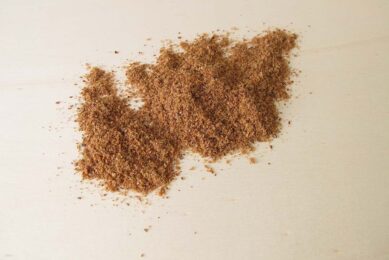
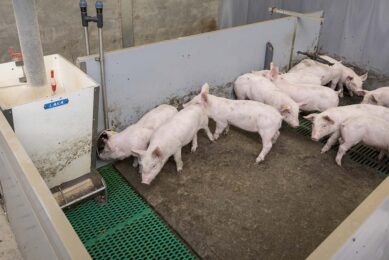
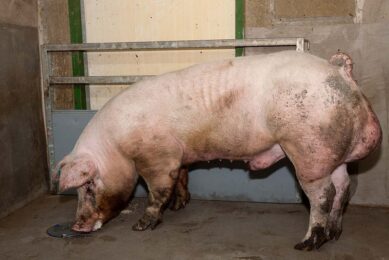
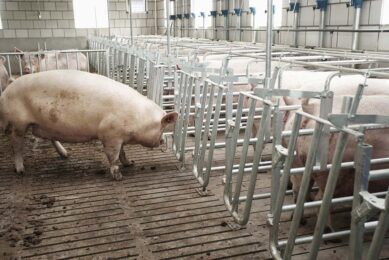





 WP Admin
WP Admin  Bewerk bericht
Bewerk bericht